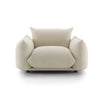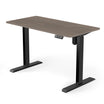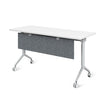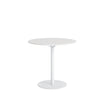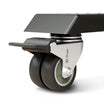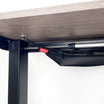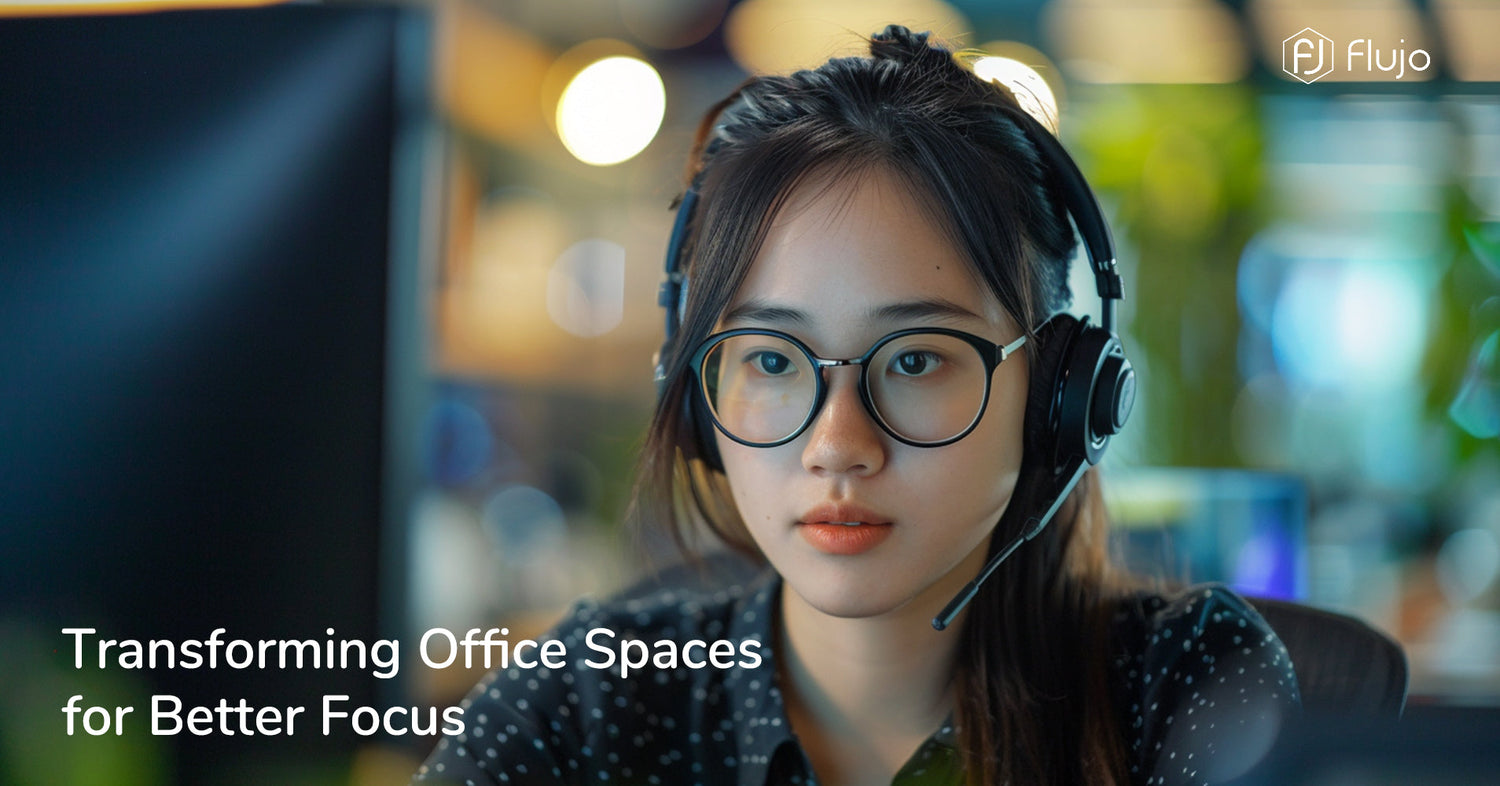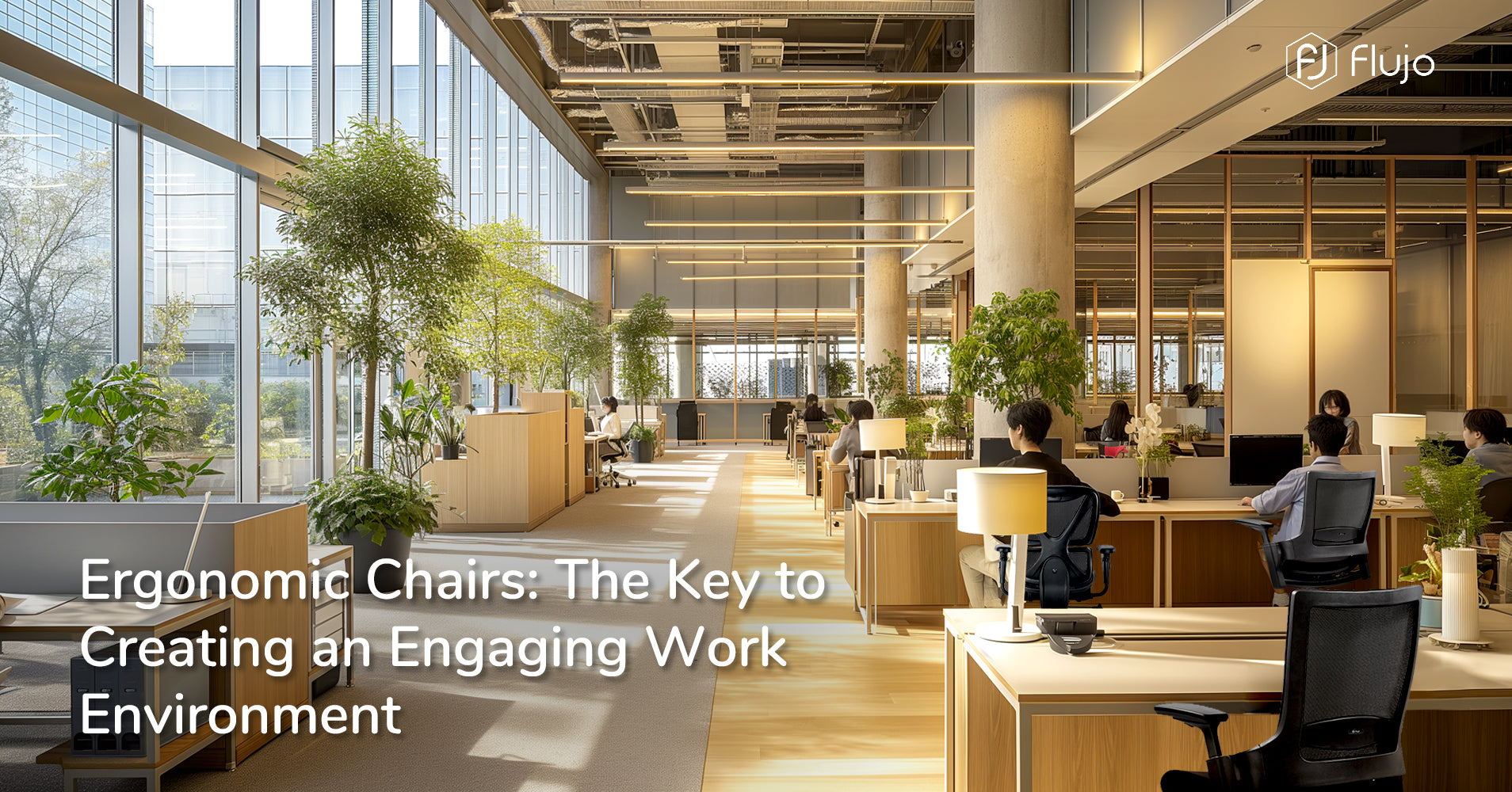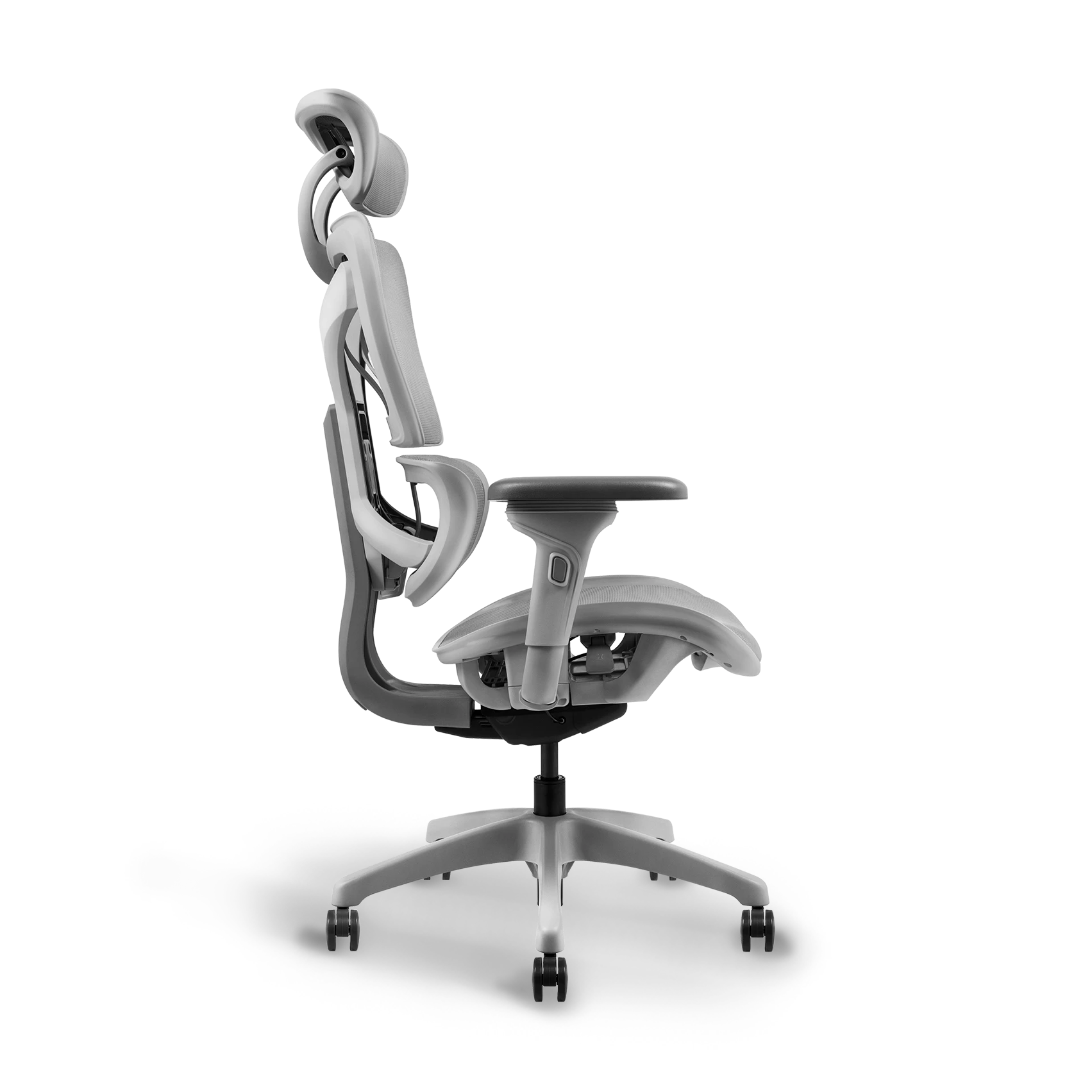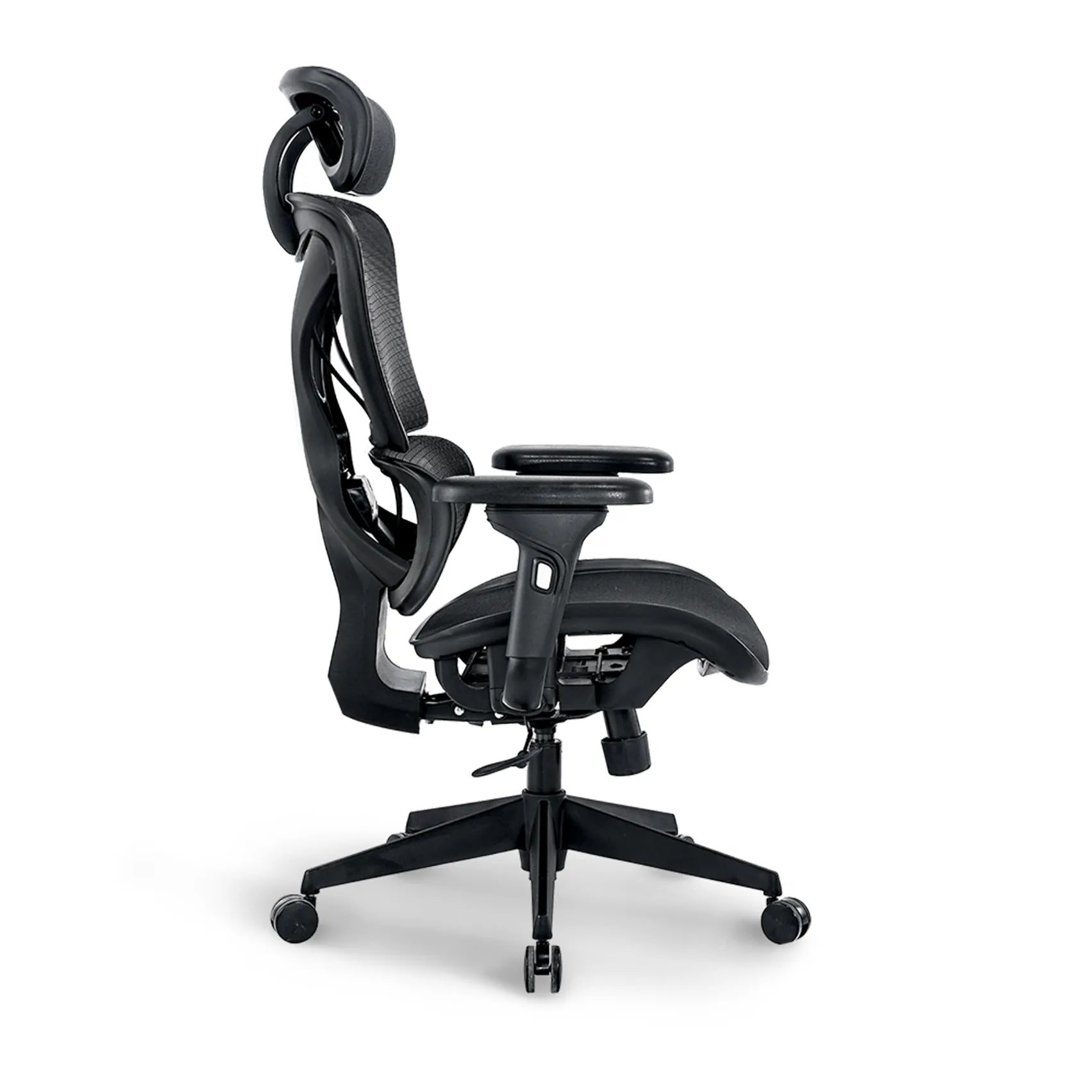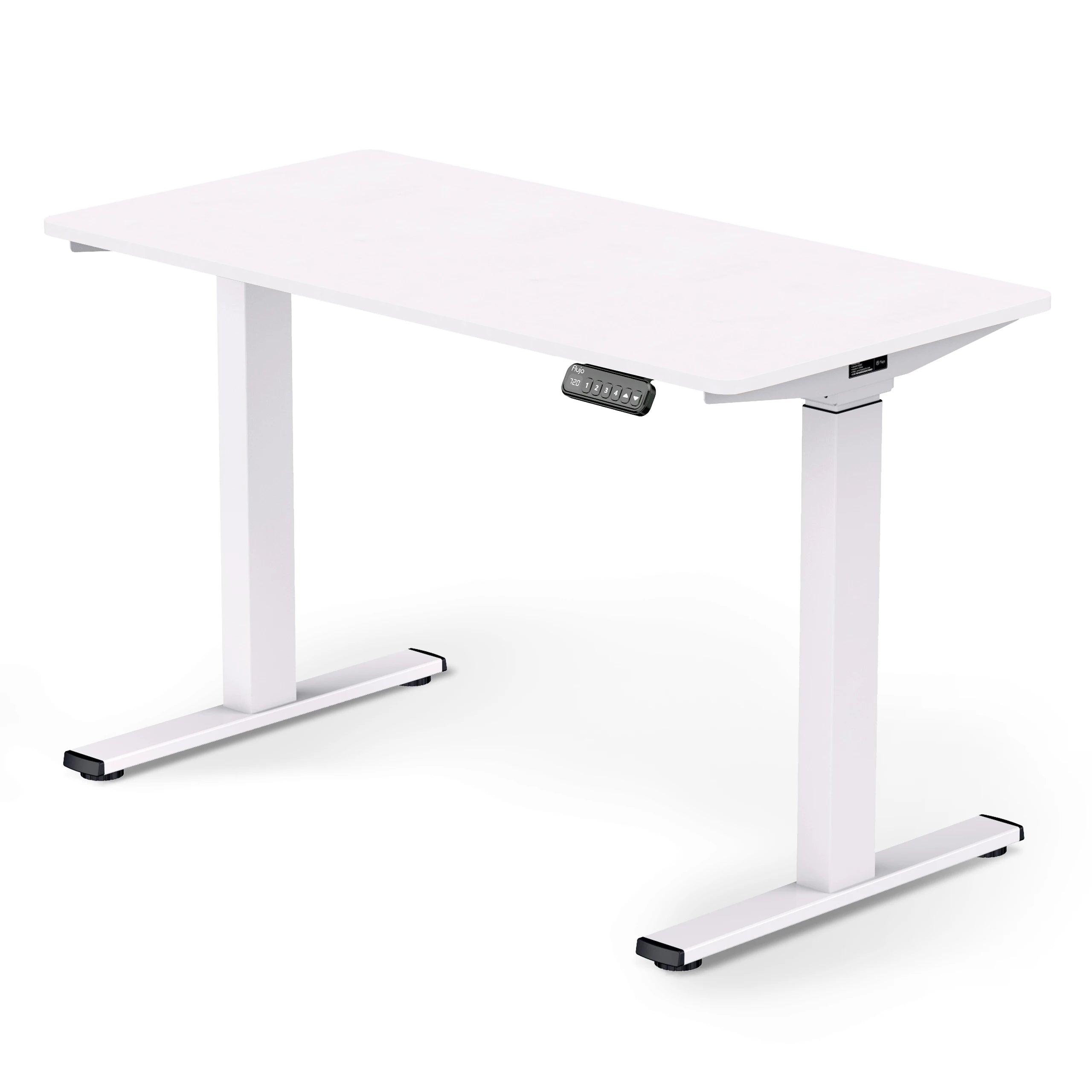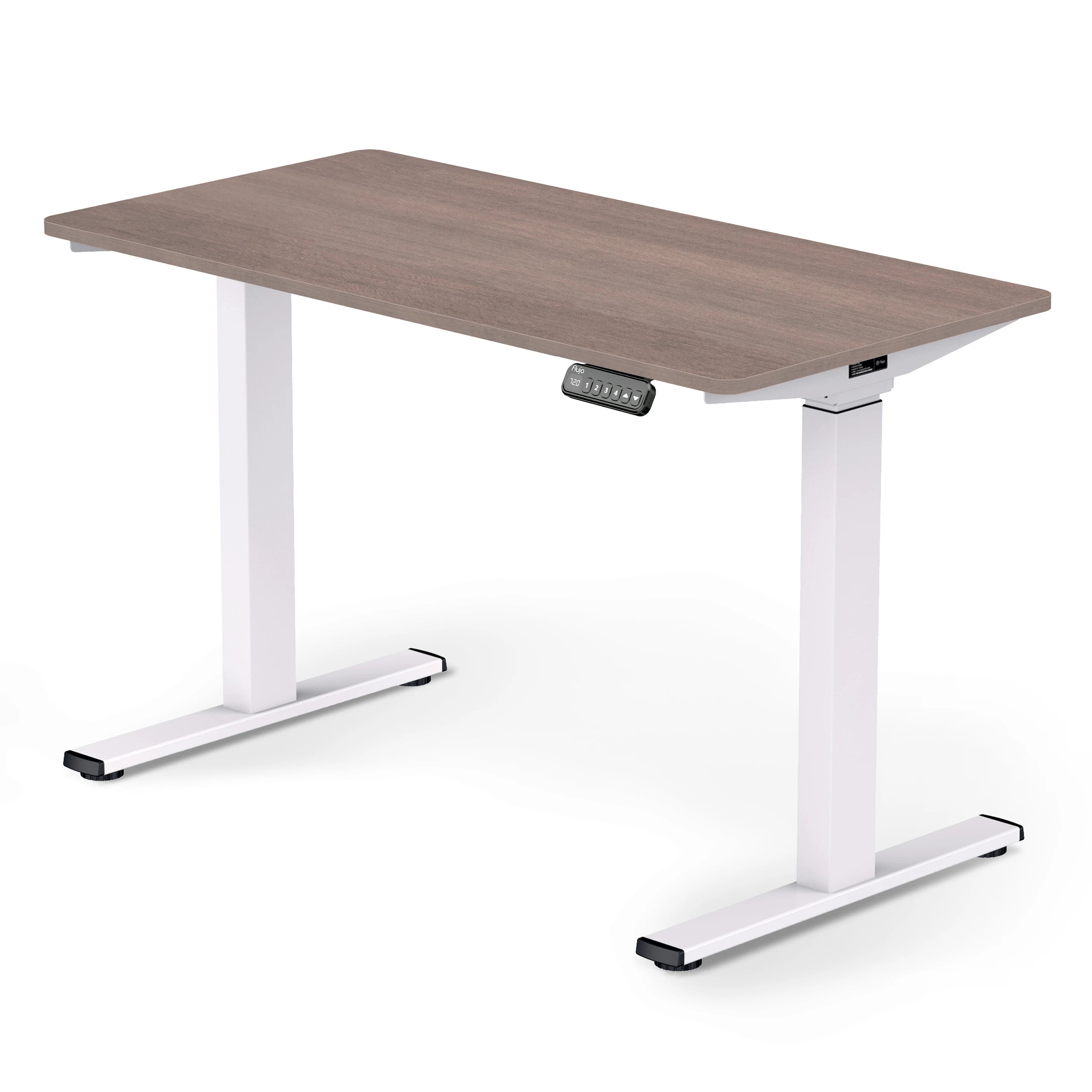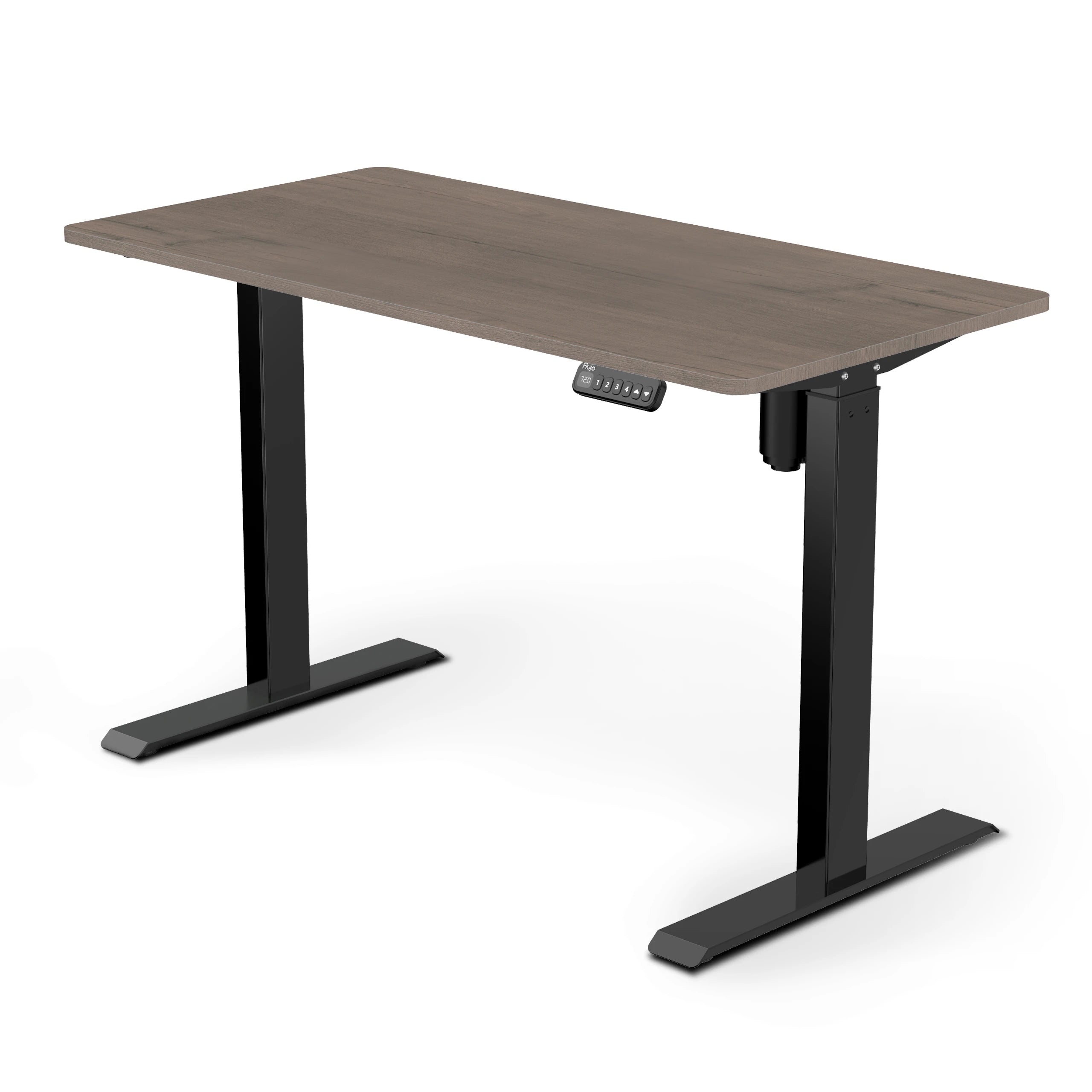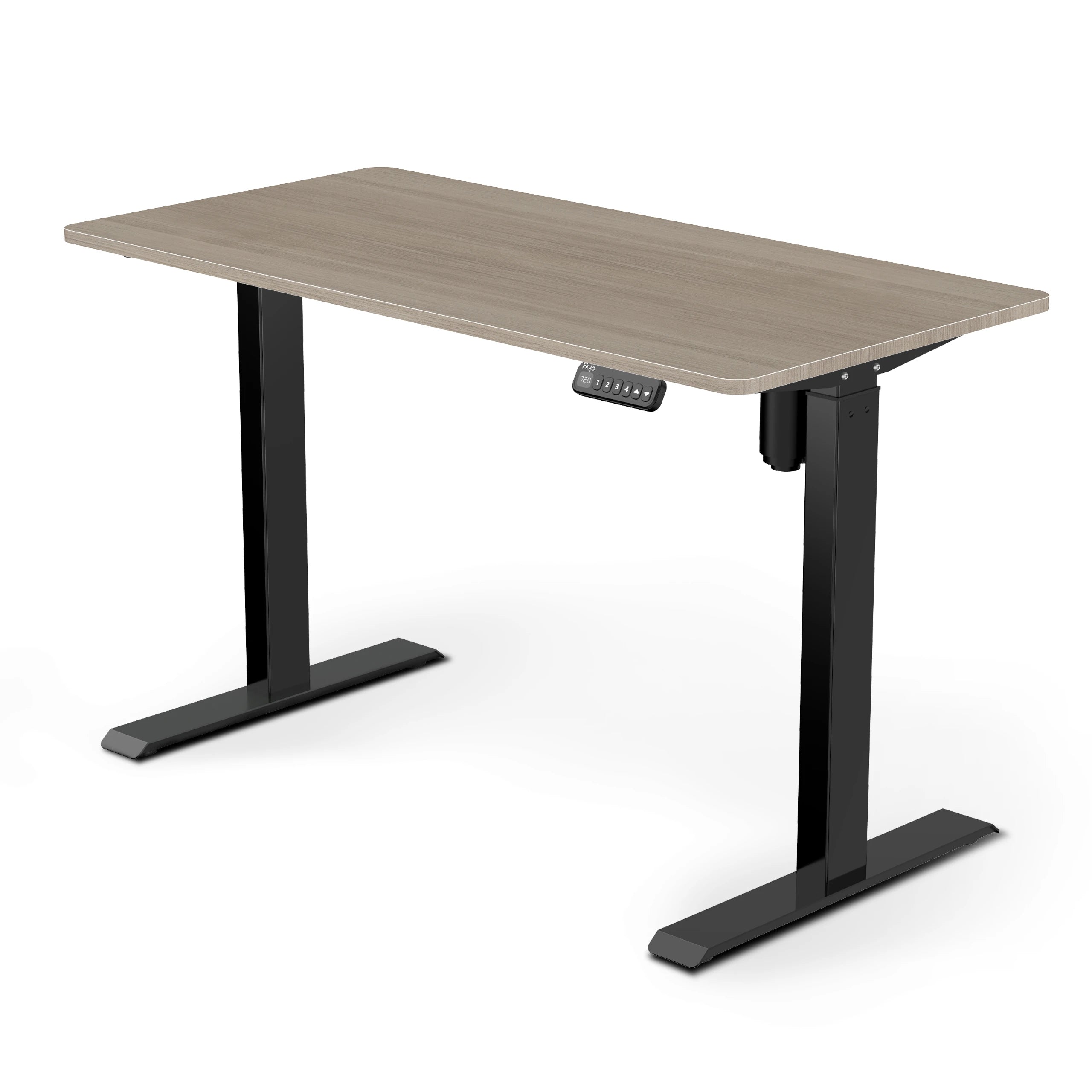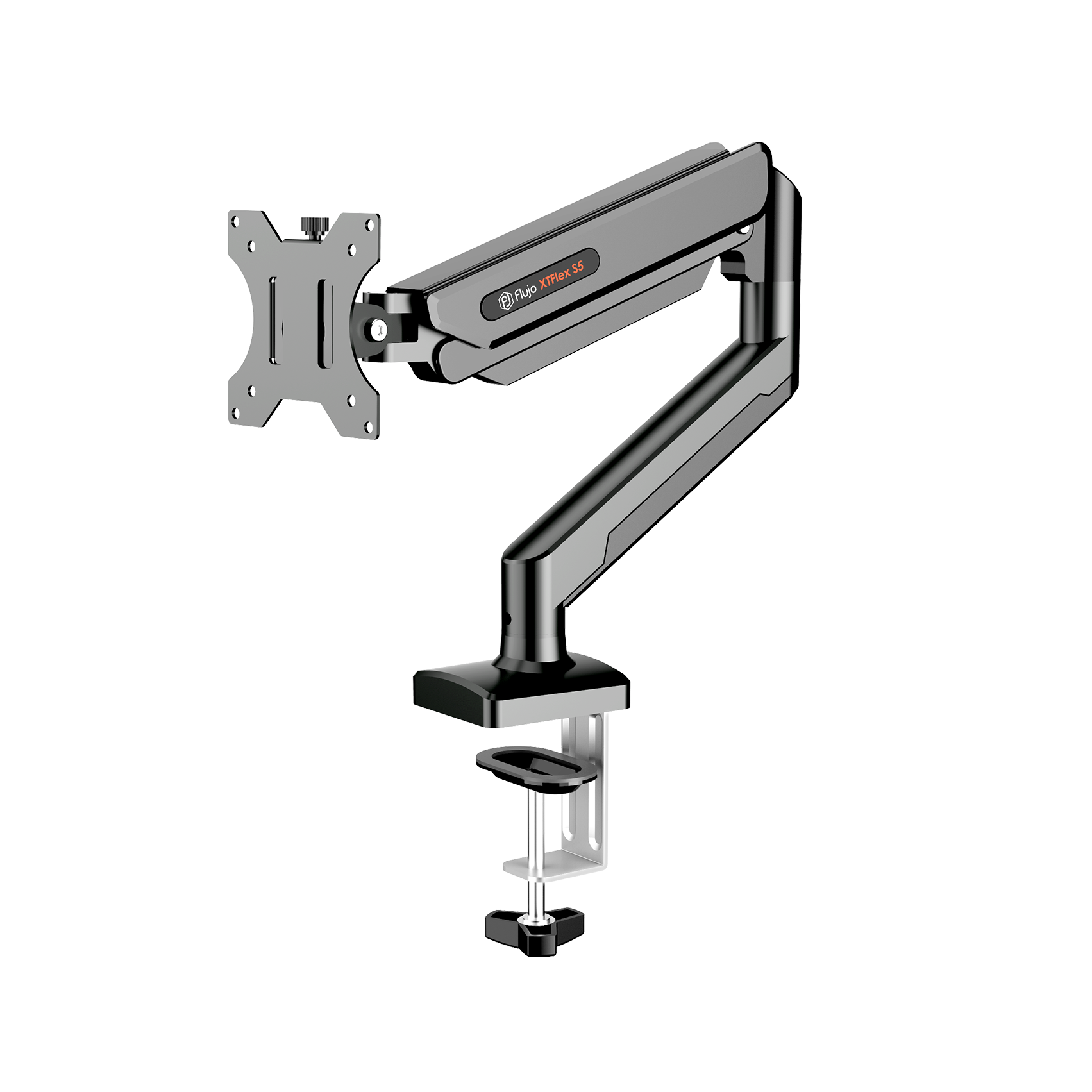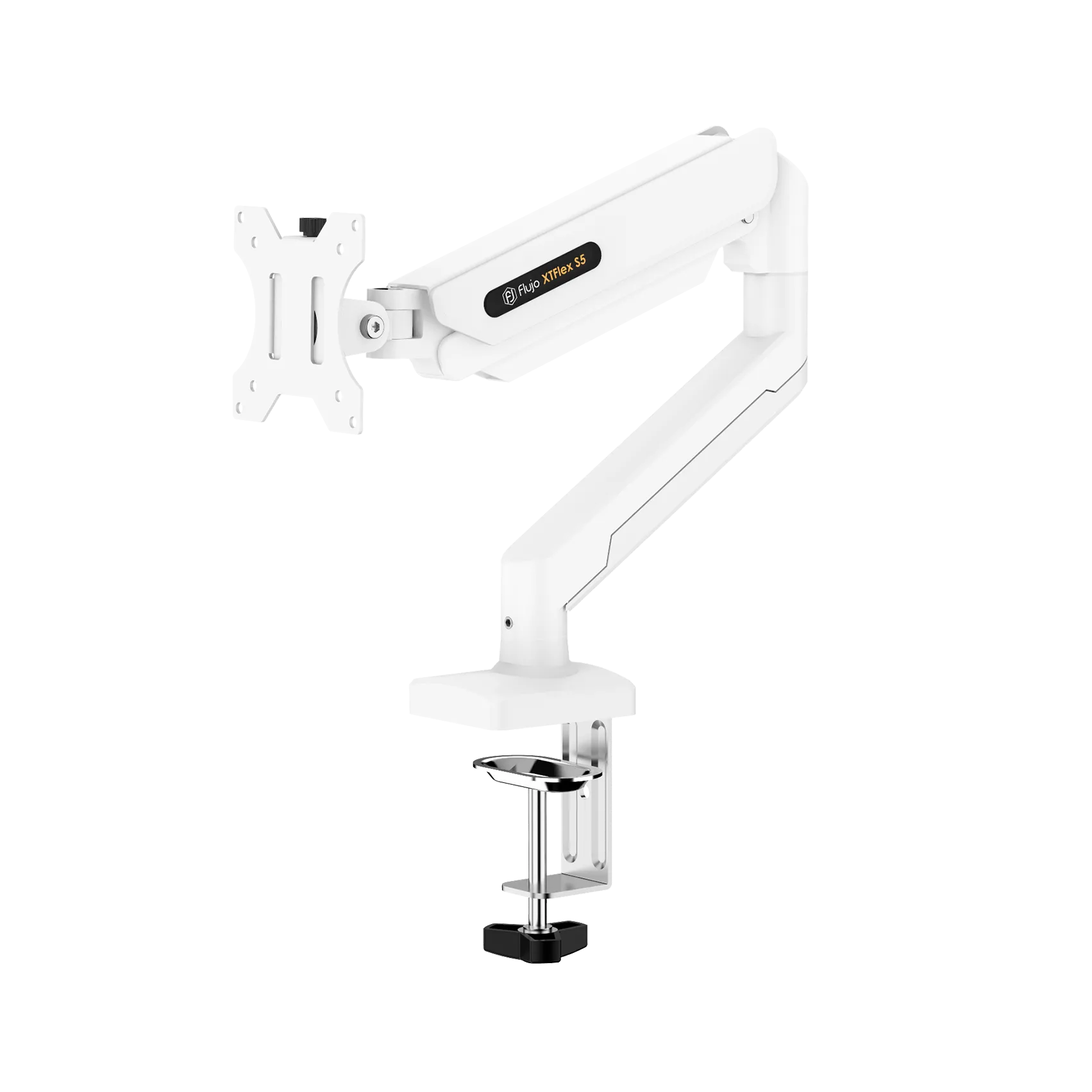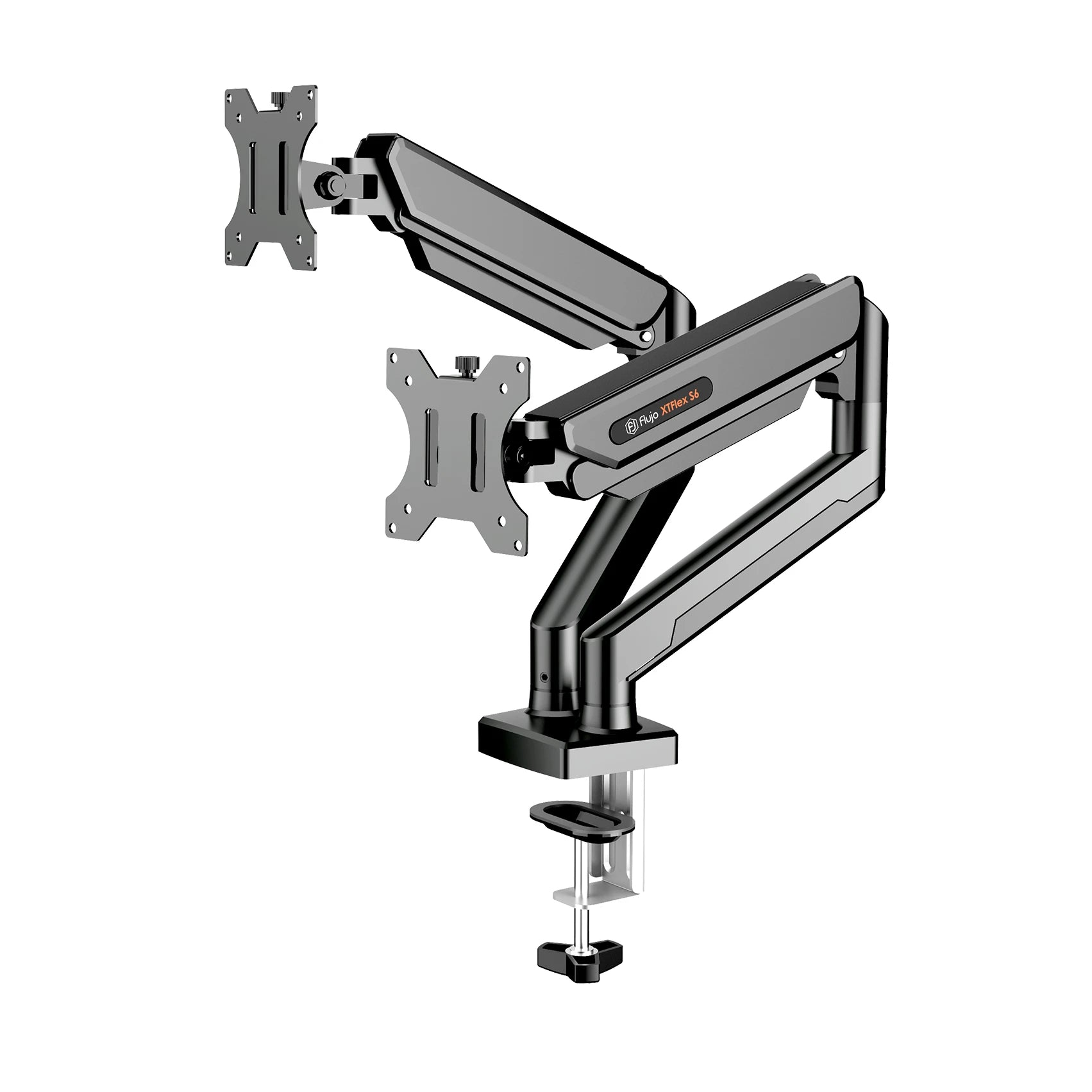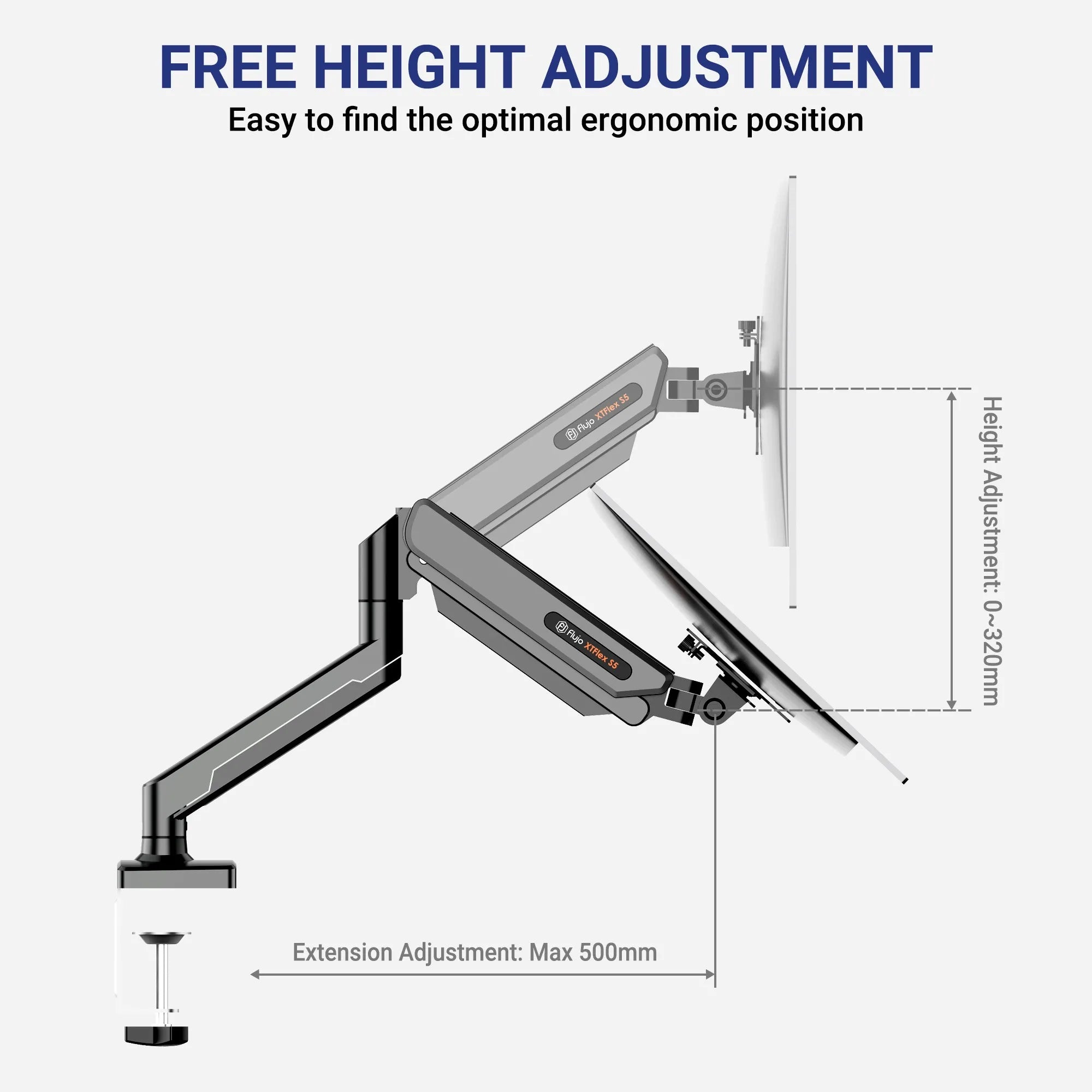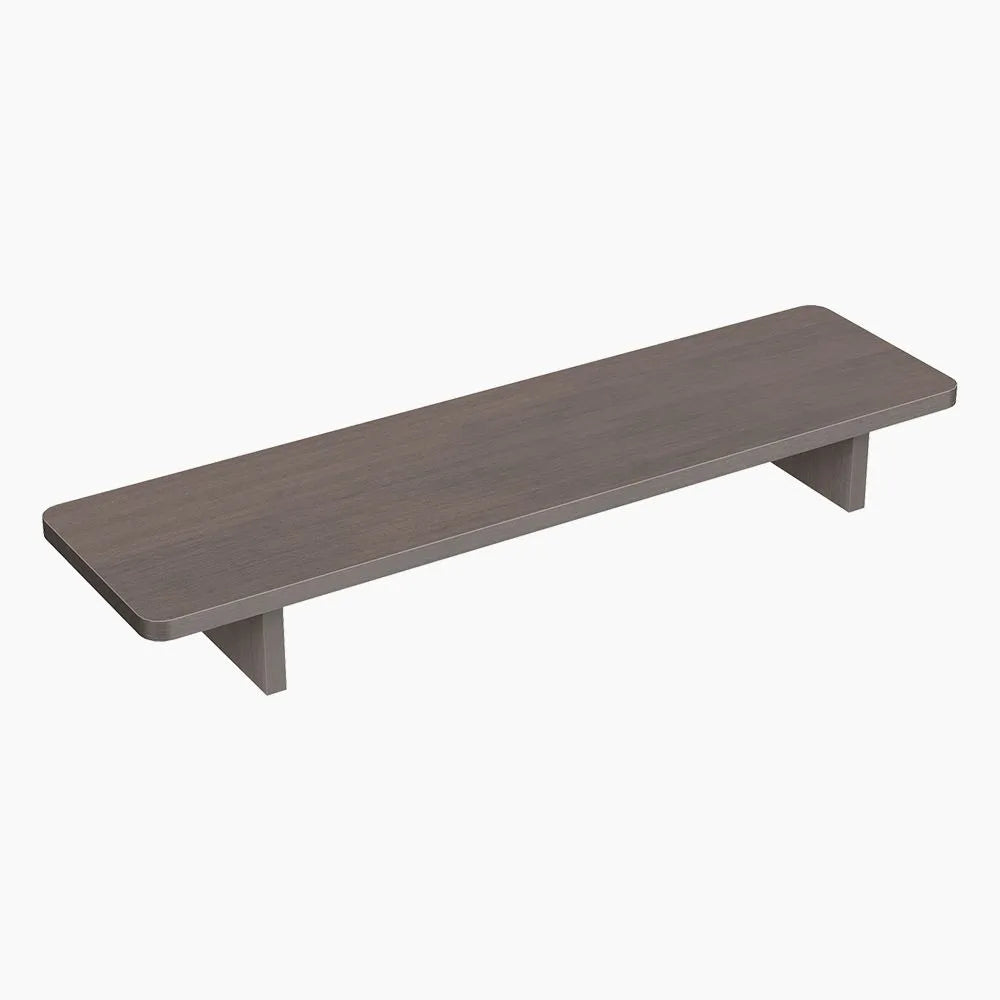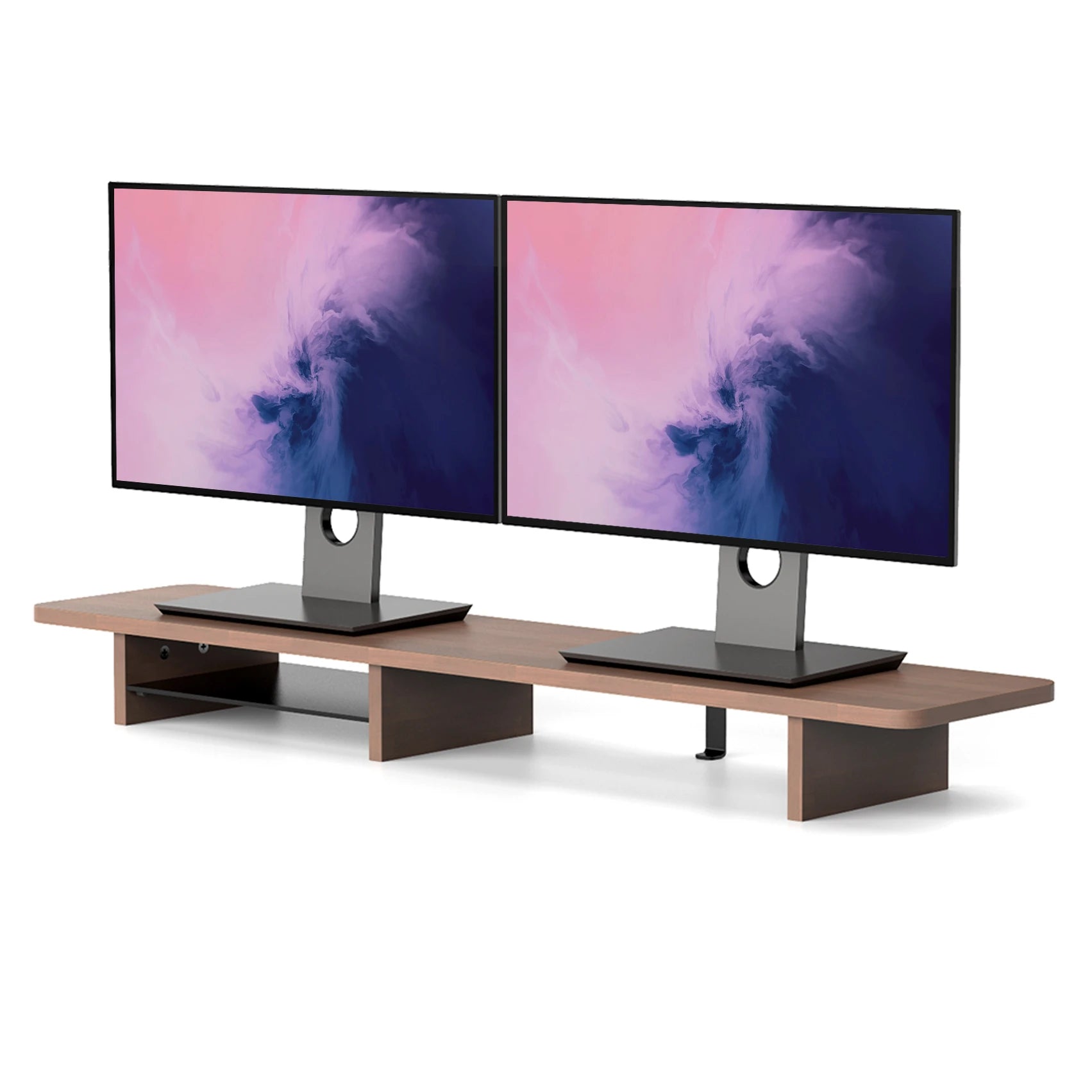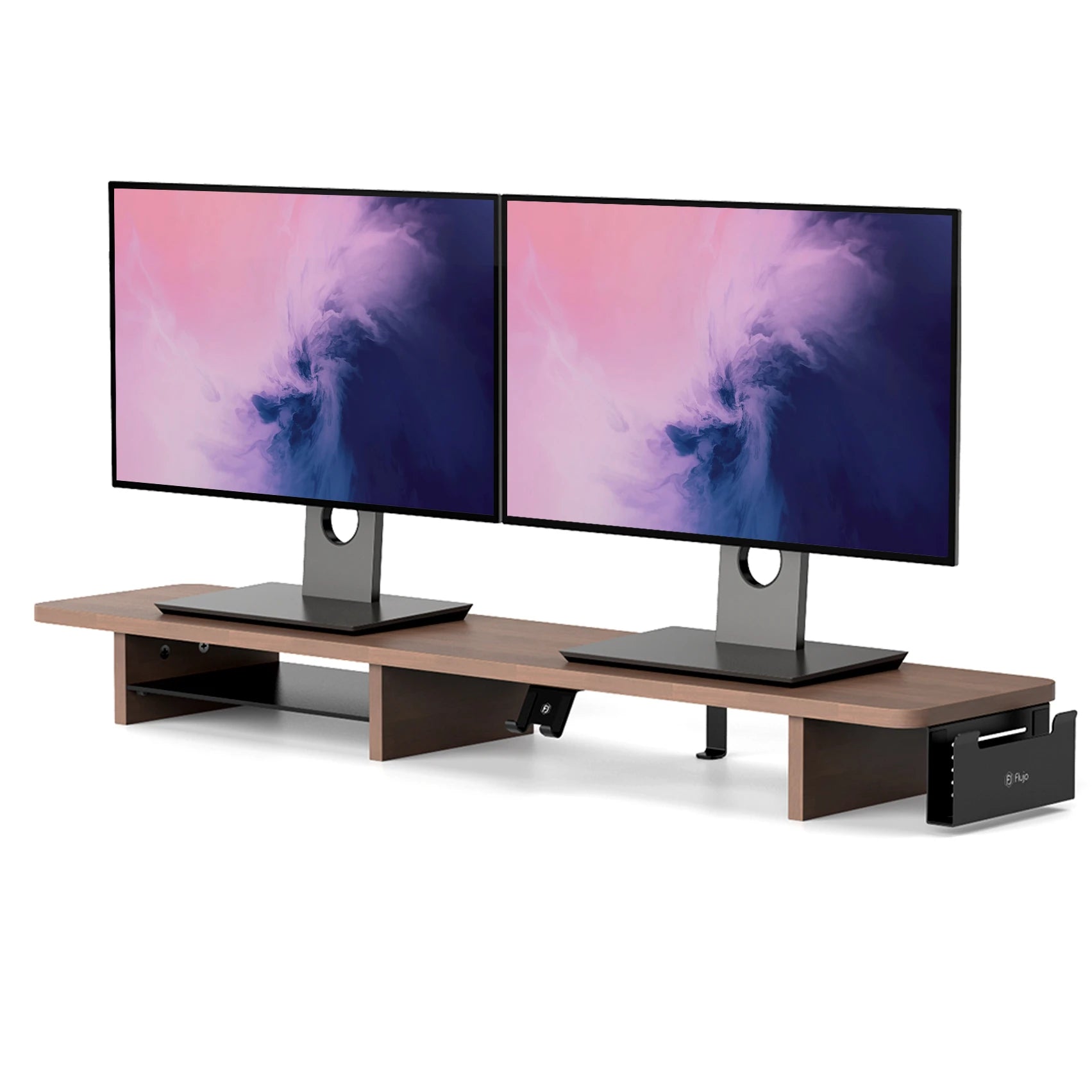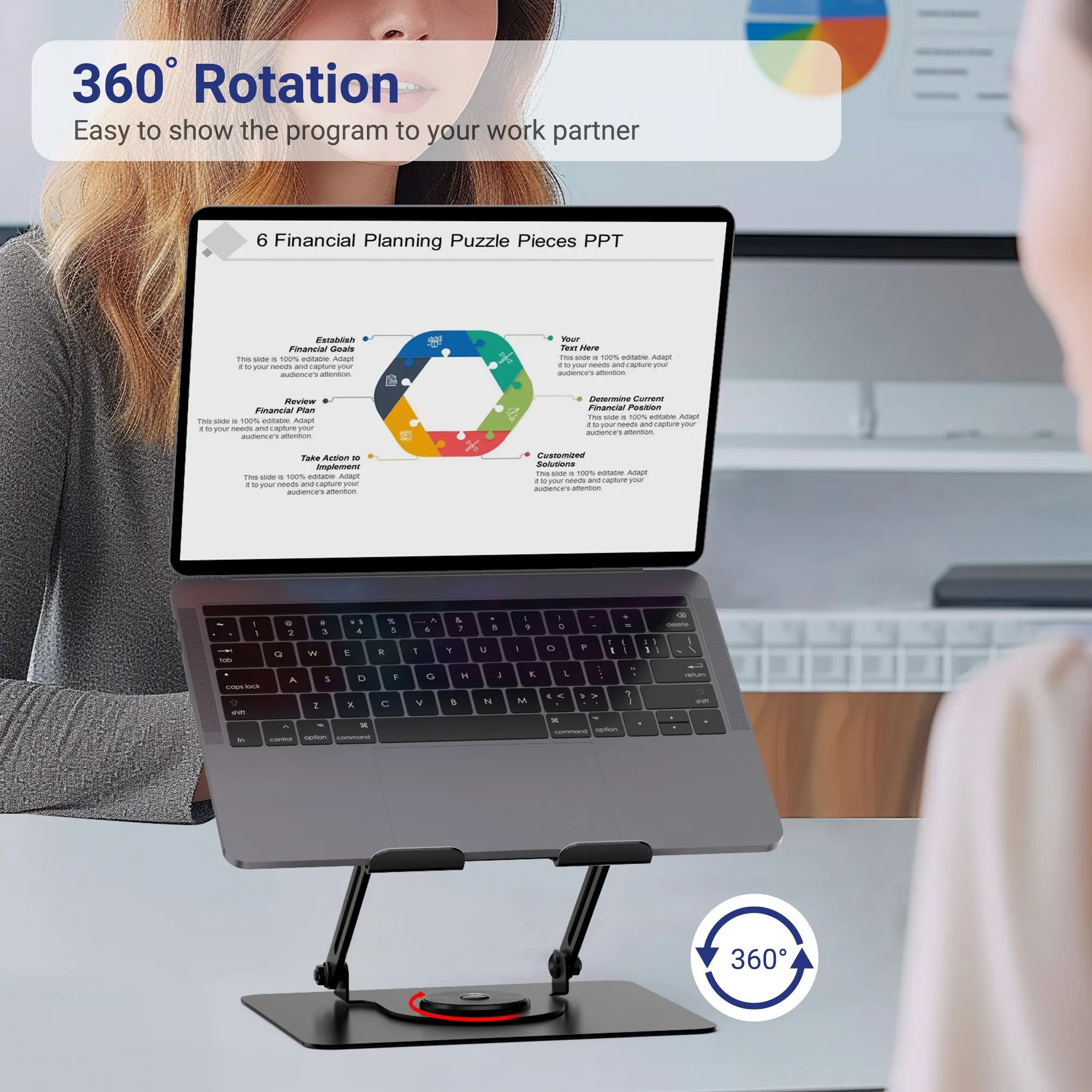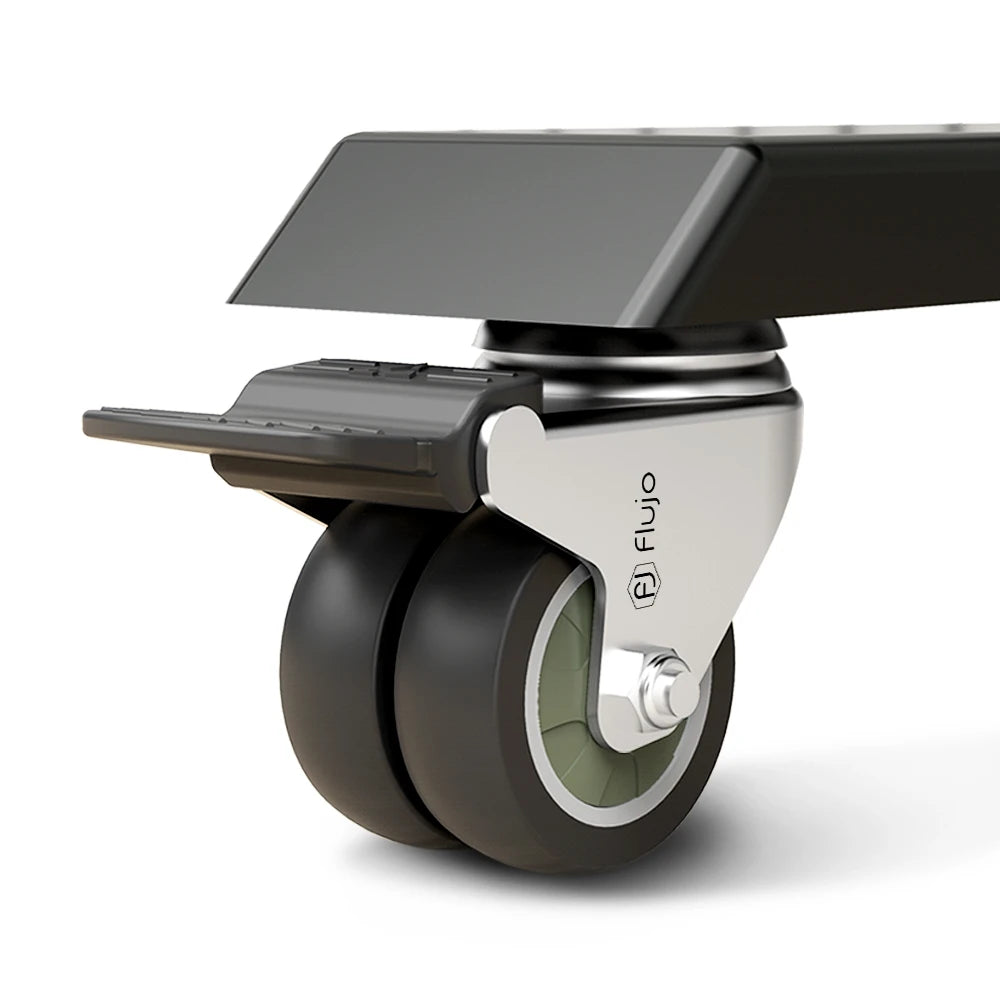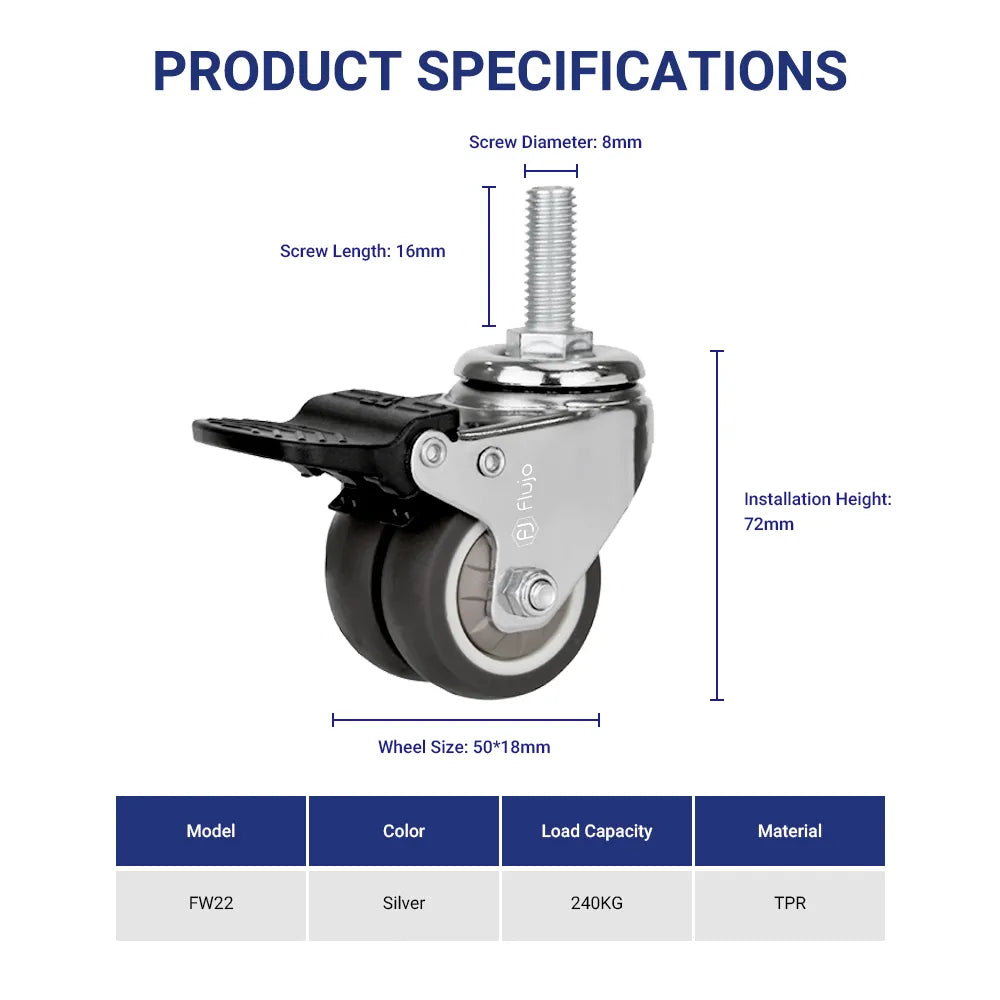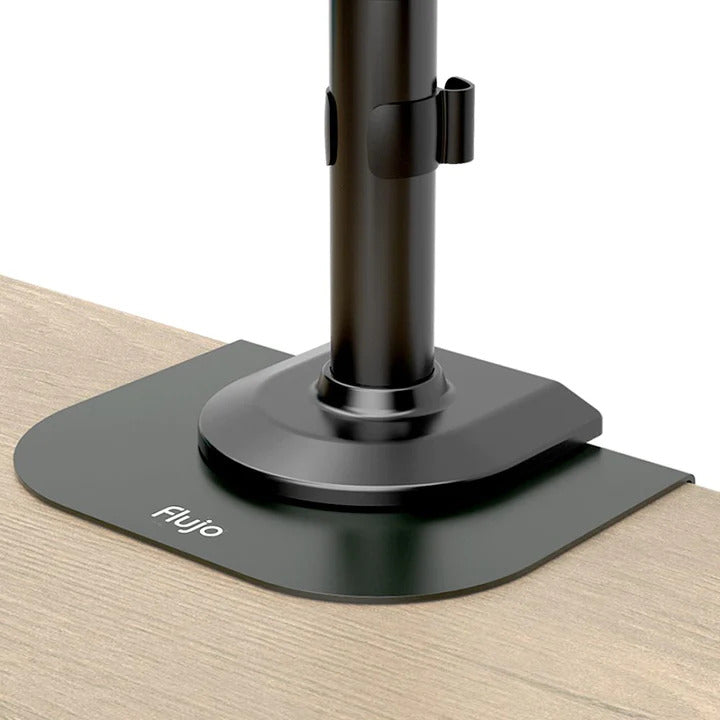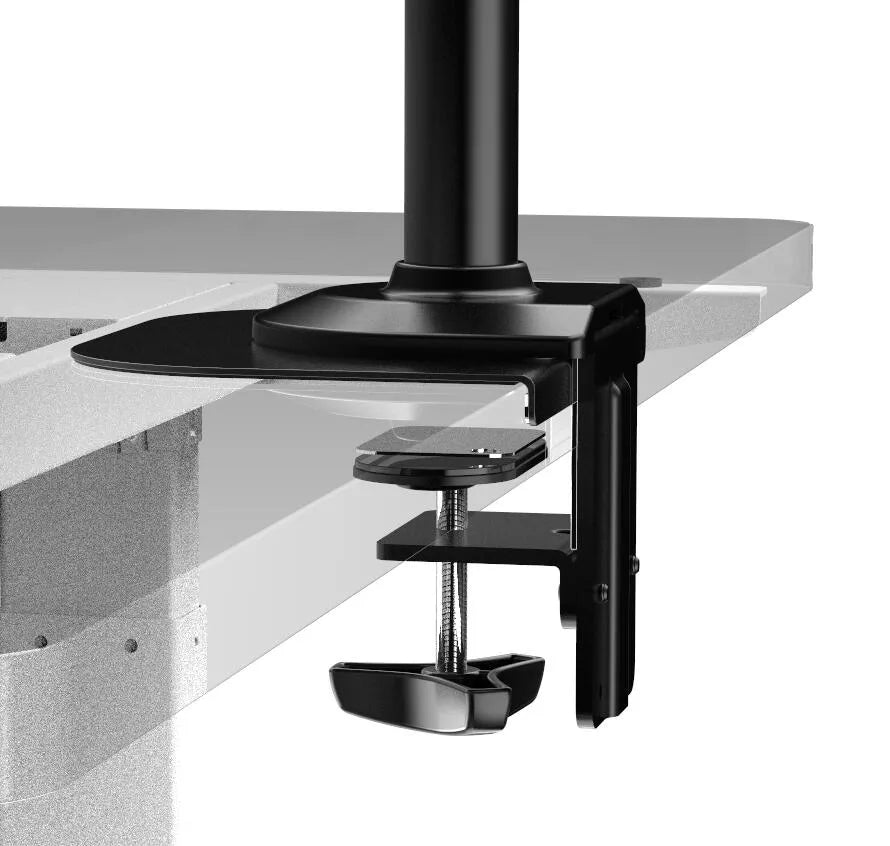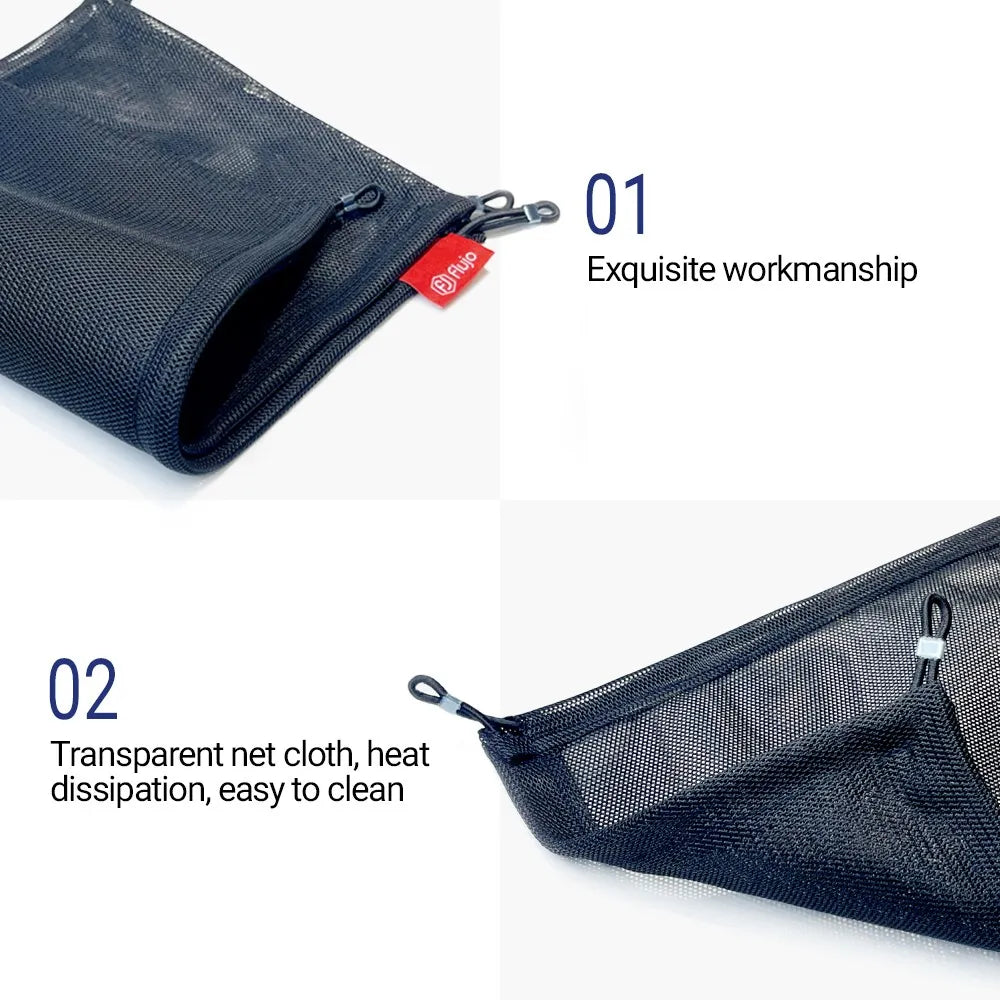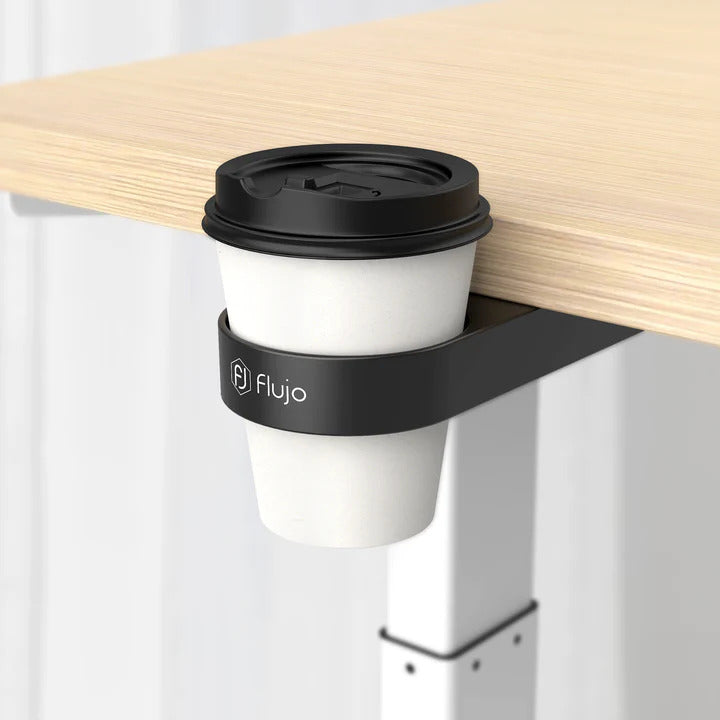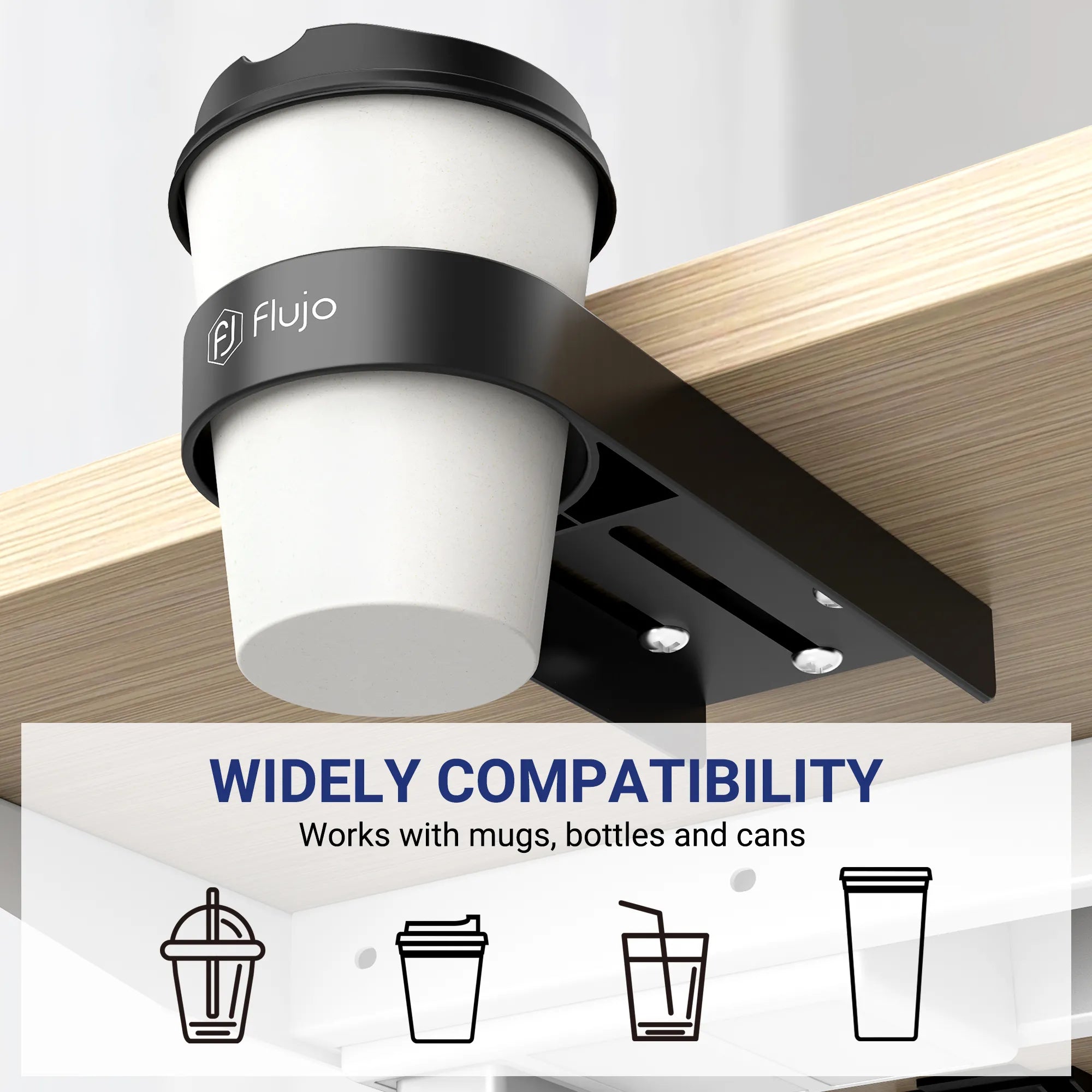The Quiet Revolution: Transforming Office Spaces for Better Focus
In today’s bustling work environment, finding a quiet spot can feel like searching for a rare gem. Open office plans, collaborative spaces, and the constant hum of activity create a vibrant yet often noisy atmosphere. While these dynamic environments can foster creativity and teamwork, they also pose significant challenges for those seeking a moment of peace to focus, think, or simply breathe. As more organizations recognize the importance of providing quiet zones, a quiet revolution is taking place—one that’s transforming how we think about office design and employee well-being.
Noise in the workplace isn't just a minor annoyance; it’s a productivity killer. A growing body of research suggests that excessive noise leads to increased stress, reduced concentration, and lower overall job satisfaction. With distractions lurking around every corner, employees are struggling to find the calm and quiet needed to perform deep, focused work. In this article, we’ll explore the impact of noise in modern offices, discuss the common challenges employees face in finding quiet spaces, and delve into innovative solutions that are paving the way for more balanced, tranquil work environments.
The Impact of Noise in the Workplace
Noise pollution in the workplace is more than just an occasional distraction; it’s a pervasive issue that can significantly hinder employee performance and well-being. Studies show that constant exposure to noise in an office environment can lead to increased stress levels, fatigue, and even burnout. The human brain is hardwired to react to sounds, especially those that are sudden or loud. This constant barrage of auditory stimuli forces our brains to switch focus frequently, a phenomenon known as "cognitive shifting," which can drain mental energy and reduce productivity.
For tasks that require deep concentration, like writing, data analysis, or creative brainstorming, even low levels of background noise can be detrimental. The subtle hum of conversations, the clatter of keyboards, or the occasional ringing of a phone can disrupt the flow of thoughts, making it difficult for employees to achieve a state of "deep work," where they are fully immersed and highly productive. Moreover, open-plan offices, which were designed to enhance communication and collaboration, often lack the necessary acoustical planning, resulting in a soundscape that can be chaotic and overwhelming.
Common Challenges in Finding Quiet Spaces
Modern office layouts are increasingly designed with collaboration as a priority, often featuring open-plan spaces, shared desks, and minimal partitioning. While these designs excel at fostering communication, teamwork, and a sense of community, they frequently overlook the critical need for solitude and focus. The result? A constant battle against the noise for those who thrive in quieter environments. A study by Harvard Business Review highlights that while open offices were intended to increase face-to-face interactions, they often lead to more distractions and decreased productivity, underscoring the importance of balance in office design.
Employees often resort to creative solutions to find peace amid the noise. Some retreat to less frequented corners, while others might book conference rooms for uninterrupted work time. However, these makeshift solutions are not always available or sustainable. Additionally, cultural and behavioural factors, such as team members’ expectations for constant availability and the pressure to engage in spontaneous conversations, further complicate the quest for quiet.
In this context, it becomes evident that finding a quiet spot is not just about personal preference but a necessity for many professionals. For introverts or those engaged in detail-oriented work, the need for silence is even more pronounced. Yet, the lack of designated quiet areas or private spaces makes it challenging to find a consistent refuge from the noise.
Designing Offices with Acoustics in Mind
To address these challenges, forward-thinking organizations are beginning to incorporate acoustic planning into their office designs. Acoustic planning involves strategically managing sound within a space to create an environment conducive to both collaboration and concentration. Here are some key considerations:
- Sound-Absorbing Materials: Incorporating materials like acoustic panels, carpeting, and soft furnishings can significantly reduce noise levels by absorbing sound. Walls and ceilings can also be treated with sound-absorbing materials to minimize reverberation and echo.
- Spatial Zoning: Creating distinct zones for different types of work is essential. Quiet zones can be designated for tasks requiring deep focus, while collaborative zones can be designed for group work and meetings. This spatial zoning ensures that employees have access to the type of environment that best suits their current task.
- Private Workspaces: Including enclosed workspaces or small, soundproof rooms can provide employees with much-needed privacy and silence. These spaces should be easily accessible and equipped with comfortable furnishings to encourage their use.
- Greenery and Soft Elements: Plants and other natural elements can help diffuse sound and create a calming atmosphere. Green walls or planters can serve as natural sound barriers, absorbing noise while also enhancing the aesthetic appeal of the office.
Cultivating a Culture of Respect for Space and Privacy
Beyond physical design, fostering a culture that respects space and privacy is crucial in creating a harmonious work environment. Here are a few strategies to promote such a culture:
- Set Clear Expectations: Establish guidelines around noise levels and respectful behaviour. For example, encourage employees to use meeting rooms for phone calls or conversations that may disrupt others.
- Promote Mindfulness and Consideration: Encourage employees to be mindful of their noise levels and how their actions may affect their colleagues. This can be reinforced through regular communication and team-building exercises focused on empathy and cooperation.
- Flexible Work Policies: Allowing employees to work remotely or choose flexible hours can reduce the number of people in the office at any given time, naturally lowering noise levels. Flexible work arrangements can also help employees find the environment that best suits their needs, whether that’s at home, in a café, or in the office.
- Respecting Quiet Hours: Implementing quiet hours, where the office is encouraged to remain silent, can be highly effective. These designated times can help employees who require a distraction-free environment to focus deeply on their work.
Embracing Innovative Office Solutions
While traditional office layouts have their place, innovative solutions like acoustic pods and modular furniture are becoming increasingly popular. These solutions offer flexibility and can be adapted to suit the evolving needs of the workforce.
- Acoustic Pods and Booths: These soundproofed, enclosed spaces are ideal for making phone calls, conducting private meetings, or working in silence. They provide a versatile solution that can be moved and rearranged as needed, offering employees a refuge from the noise without requiring significant changes to the office layout.
- Modular Office Furniture: Flexible furniture solutions, such as movable partitions and adjustable desks, can help create semi-private areas that offer a degree of separation from the main workspace. This flexibility allows offices to be quickly reconfigured to accommodate different working styles and needs.
Creating a Harmonious Environment for All
A harmonious office environment is one where employees feel comfortable, respected, and empowered to do their best work. This requires a balance between fostering collaboration and providing spaces for focused, quiet work. By combining thoughtful office design with a culture that values privacy and respect, organizations can create workspaces that support both individual productivity and team dynamics.
Conclusion
As the workplace continues to evolve, so too must our approach to office design and culture. The quiet revolution is about more than just reducing noise—it’s about creating environments that support the diverse needs of today’s workforce. By prioritizing acoustic planning, fostering a culture of respect, and embracing innovative solutions, companies can transform their offices into spaces where everyone can thrive. It’s time to rethink the way we work and embrace a future where quiet, focused work is not just possible but a priority.
About Flujo
Flujo is at the forefront of transforming workspaces to meet the needs of modern professionals. Specializing in ergonomic furniture, acoustic solutions, and innovative office designs, Flujo is committed to creating environments that foster productivity, comfort, and well-being. Whether it’s through our state-of-the-art meeting pods, ergonomic chairs, or bespoke acoustic systems, Flujo helps businesses create spaces that balance collaboration with the need for quiet, focused work. Discover how Flujo can help your organization embrace the quiet revolution and enhance your workspace for better focus and performance.






